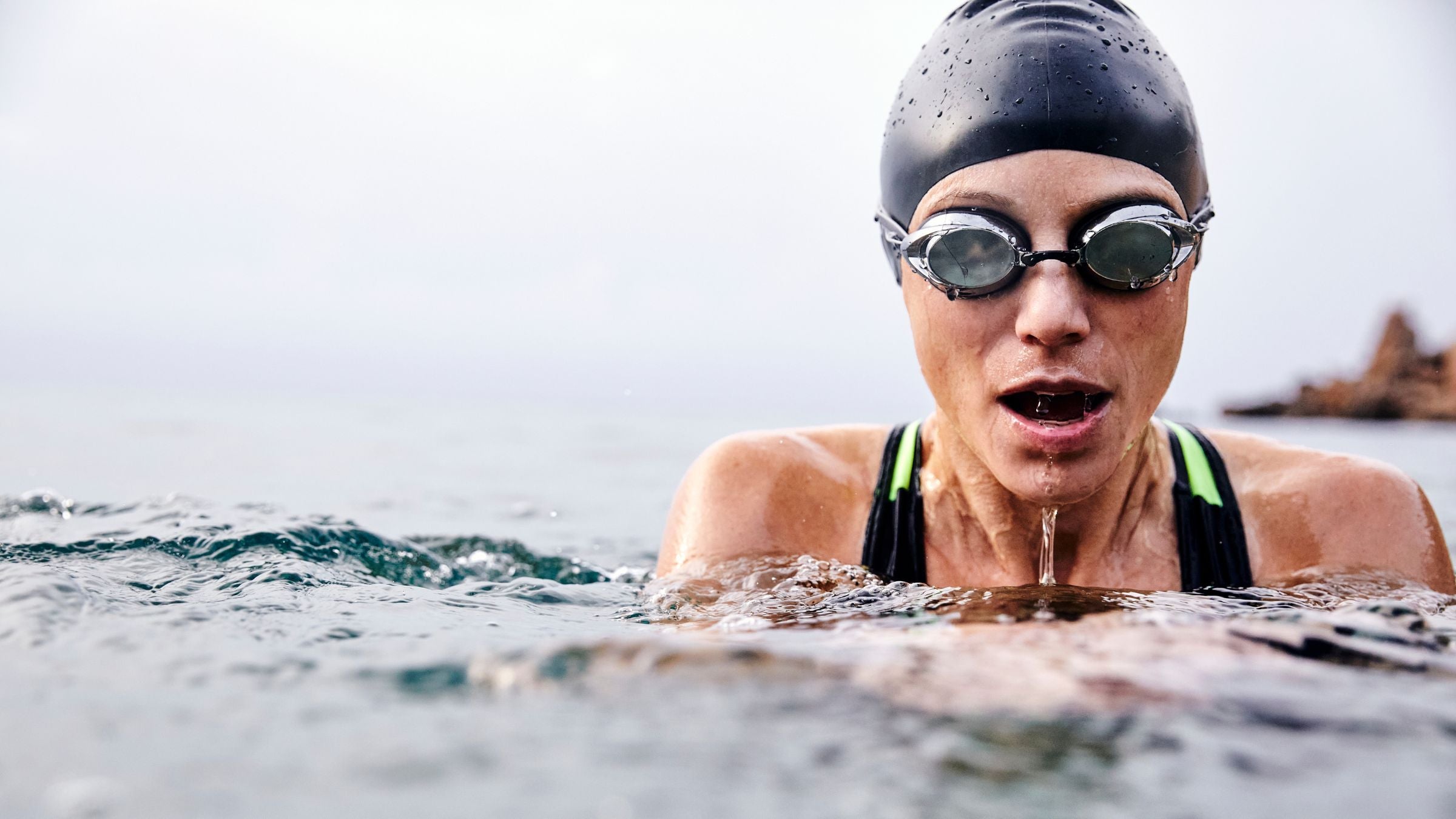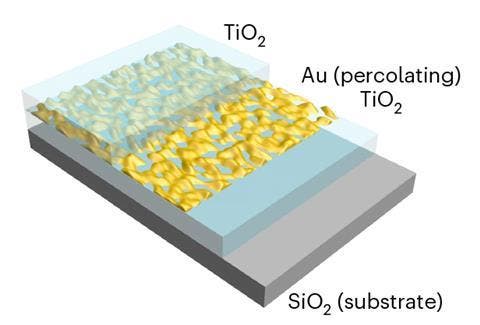A Thermodynamics Researcher Explains How to Stop Goggle Fog

Fogging goggles are the bane of every swimmer's existence. (Photo: Getty Images)
Nothing is worse than a pair of goggles that don’t stop fogging up. In a pool, it’s an annoyance at best; in open water, foggy goggles can make it challenging to see where other competitors and maybe even the turn buoy. It’s a universal problem, but one that may become a memory if you know how to stop goggles from fogging up.
RELATED: The Best Triathlon Swim Goggles
Why your swim goggles fog
So why do your goggles fog up in the first place? It comes down to thermodynamics and materials science, says Iwan Hächler, a postdoctoral scholar in the laboratory of thermodynamics in emerging technologies at ETH Zürich. He has been researching how to prevent foggy goggles and says that condensation on the surface of the lens is to blame.
Minuscule droplets of water accumulate on the inside of the lens when there’s a significant-enough temperature differential between the inside and the outside of the lens and there’s moisture in the environment. This is why when you swim in colder water, the fog may be worse than in warmer water – the heat coming off your face warms the inside of the goggle lens while the cold water cools the outside of the lens. The droplets cling to the surface of the lens and to tiny particles of dust that stick to the lens. These microdroplets form a layer of moisture that scatters light, making it difficult to see through the glass or plastic, Hächler explains.
Understanding anti-fog treatments for swim goggles
Current anti-fog coatings and treatments aim to spread out those micro-droplets by creating a hydrophilic surface. The term hydrophilic means the surface is attracted to water molecules, and spreads those molecules out thinly enough that the moisture scatters less light and your view is less obstructed.
Such coatings have to be the topmost layer of the surface (“because that’s where the water condenses,” Hächler says) and compounds that create the hydrophilic surface have to be in direct contact with the water droplets in order to work. As such, these coatings are highly likely to get scratched or worn off in time.
But Hächler and his team have developed a new technology that takes a very different approach to quelling fog based on the thermodynamic properties of gold. “We realized that the temperature has a tremendous effect on the condensation rate. Our surface basically uses heat to prevent the formation of fog.”
By creating a nanofilm using molecules of gold that absorb infrared waves from sunlight, that temperature differential can be eliminated and condensation doesn’t form. This film maintains transparency because the layer is so thin –about 10,000 times thinner than a strand of hair – that light can still get through.

This film, which Hächler describes as “scalable, cheap, and industrialize-able,” has the added benefit of being useful as an interior section of the lens, meaning that a scratch-resistant coating can be layered on top of it.
“Most glasses have about 7 to 13 layers – anti-scratch, anti-reflection, or whatever,” Hächler says, “and ours can be integrated so it’s completely guarded from any outdoor influence. This renders it durable.”
Hächler says the cost for materials is “relatively cheap.” The one limitation they’re currently grappling with is that the coating only works in the presence of sunlight; if you should find yourself swimming after dark with goggles that contain this coating, it may not work. In such instances, a conventional anti-fog coating, such as a spray, wipe or drops, can still be used on the lens to help reduce fog without any damage to the gold nanolayer.
Hächler hopes to turn this new gold-based technology into a viable business with applications for everything from automobile glass and medical devices to sunglasses and safety goggles while he continues his research. Someday, your swim goggles may contain tiny particles of gold and provide a crystal clear view for their entire lifespan.
How to stop goggles from fogging

Though gold-coated, anti-fog swim goggles may be the future, what should frustrated, cloudy-lensed swimmers do today? There are a few things you can do if you’re having difficulty with foggy goggles:
- Use a dab of baby shampoo. Cleaning agents that contain surfactants – compounds that cut through grease and dirt residue and remove tiny particles to which water droplets can cling – have long been the go-to choice in anti-fog treatments for budget-minded swimmers. Put a small dab of baby shampoo inside the lens and rinse before wearing. This works for a couple of swims, generally, and will need to be repeated often.
- Spit on the lenses before each swim. Human saliva also contains surfactants that break surface tension to help prevent fog from forming, but the protection is also fleeting. (There’s also the ick factor – spitting in your goggles isn’t exactly a germ-free way of keeping your lenses clear.)
- Use an anti-fog spray or drops. Commercially available drops, sprays and wipes for anti-fogging, while imperfect, can make a big difference in your ability to see while swimming. For best results, following the manufacturer’s instructions closely.
- Treat your anti-fog goggles gently. Most goggles sold today include some sort of anti-fog coating, and you can prolong its useful life by rinsing the goggles in clean water after each use and letting them air dry. Store them in a clean case and avoid rubbing the inside of the lens, as this can wear away the coating. Keep sand, dirt, and acidic cleaners such as vinegar away, as these can also quickly destroy the anti-fog coating.
RELATED: Ask A Gear Guru: Which Type of Goggles Should I Wear Today?